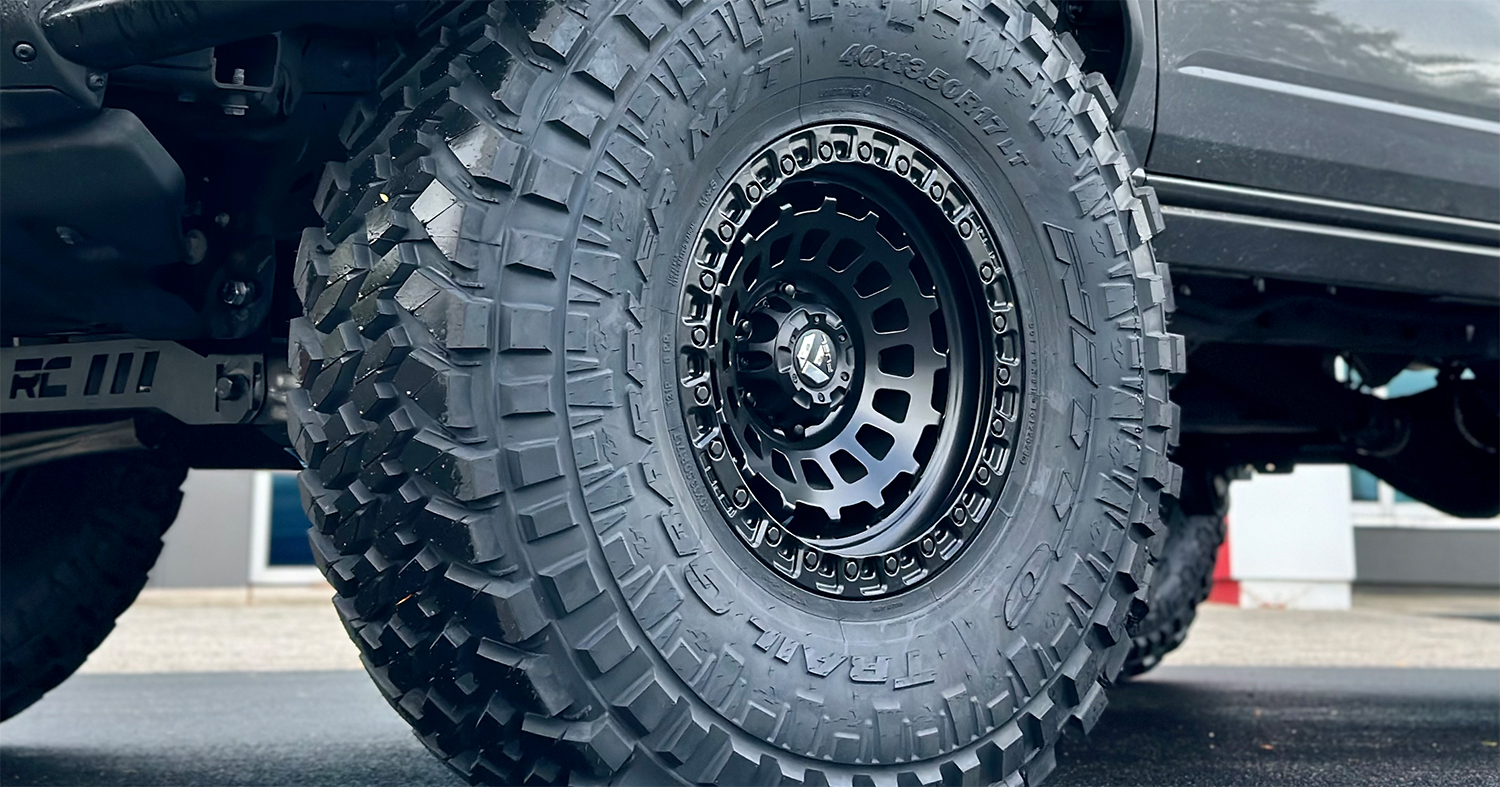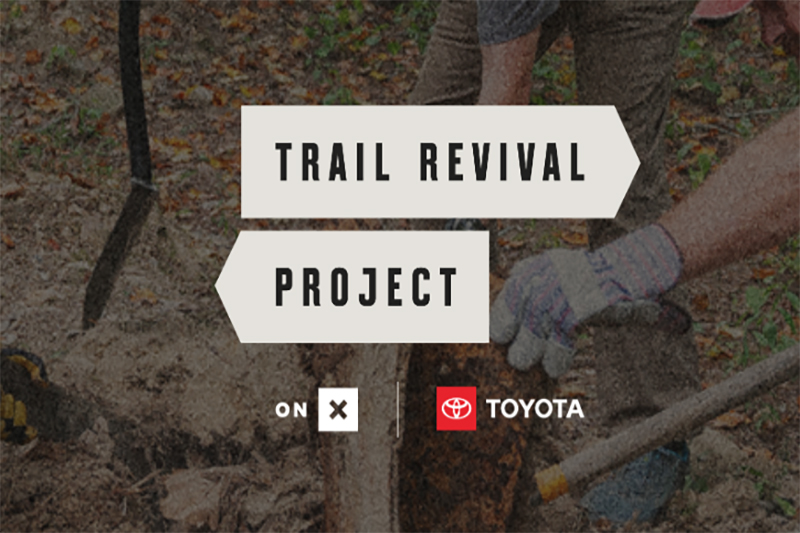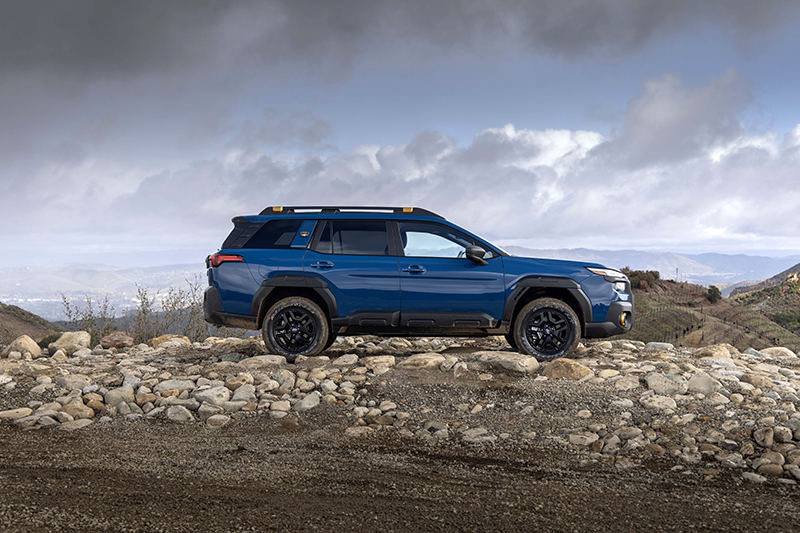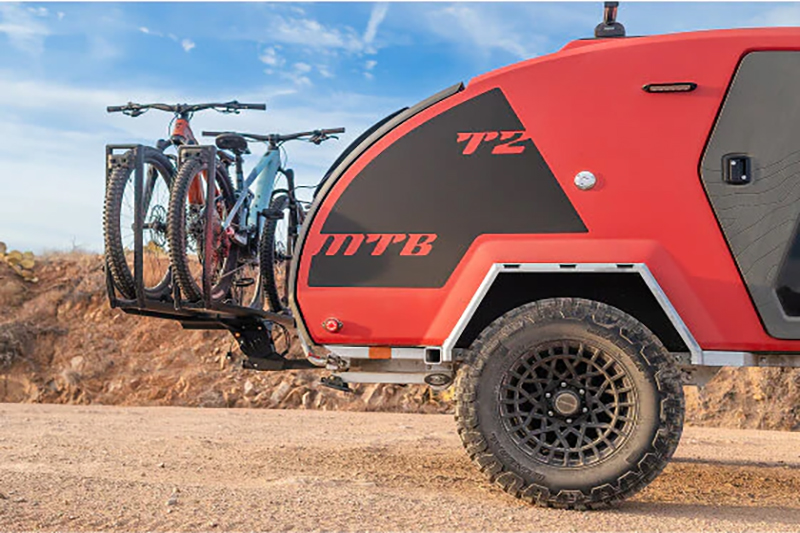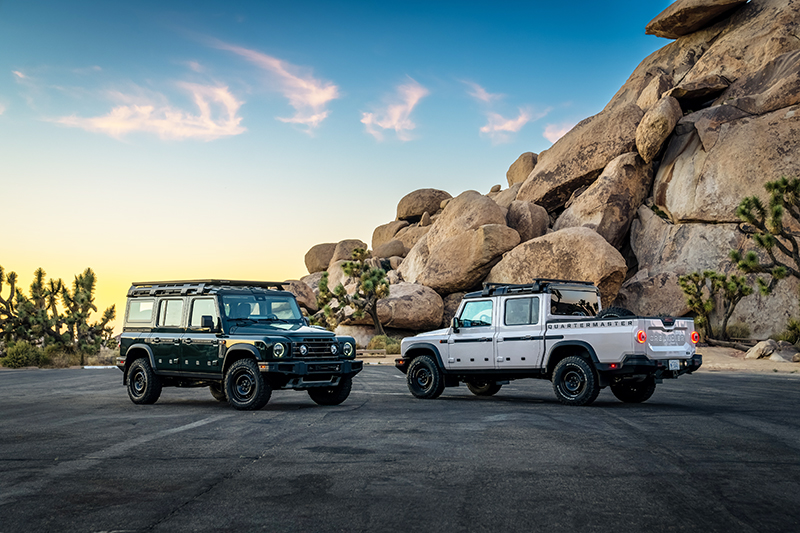Getting the right wheels and tires is incredibly important before you hit the trails. And while style matters, performance is what counts. Here’s a quick guide to help you nail your wheel and tire upgrades.
Grip Matters
Tread patterns make all the difference in traction. Mud-terrain (M/T) tires, with their deep grooves, are perfect for muddy trails, but they’re loud on the highway. If you’re hitting the trails on weekends, BFGoodrich Mud-Terrain T/A KM3 or Toyo Open Country M/T are excellent choices. These tires handle mud and muck like champions but expect some hum when cruising on pavement.
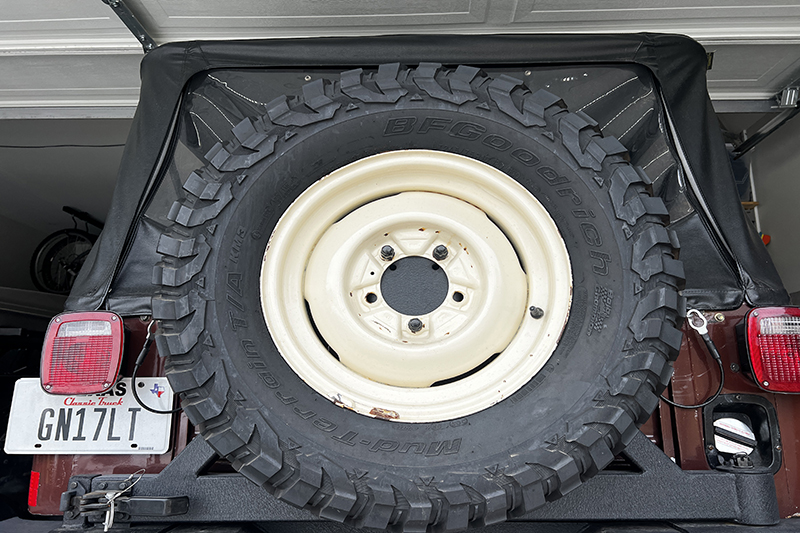
The BFG KM3 tire was the tire of choice for OutdoorX4’s 1978 Jeep CJ-5. Photo by Frank Ledwell
If you need something more versatile, all-terrain (A/T) tires provide a solid balance between off-road capability and road comfort. The Goodyear Wrangler All-Terrain Adventure with Kevlar offers impressive durability, while the Falken Wildpeak A/T3W gives you grip across diverse terrain—even in snowy conditions. These are perfect for adventurers who split time between trails and daily commutes.
For truly rocky terrain, go for tires with reinforced sidewalls and sticky rubber that grip uneven surfaces. BFGoodrich’s All-Terrain T/A KO3 (recently debuted and is proving an exceptional update from the KO2) and Nitto Trail Grappler M/T are popular among off-roaders for their ruggedness. Both offer puncture resistance and outstanding grip, making them ideal for tackling rocky trails without worry.
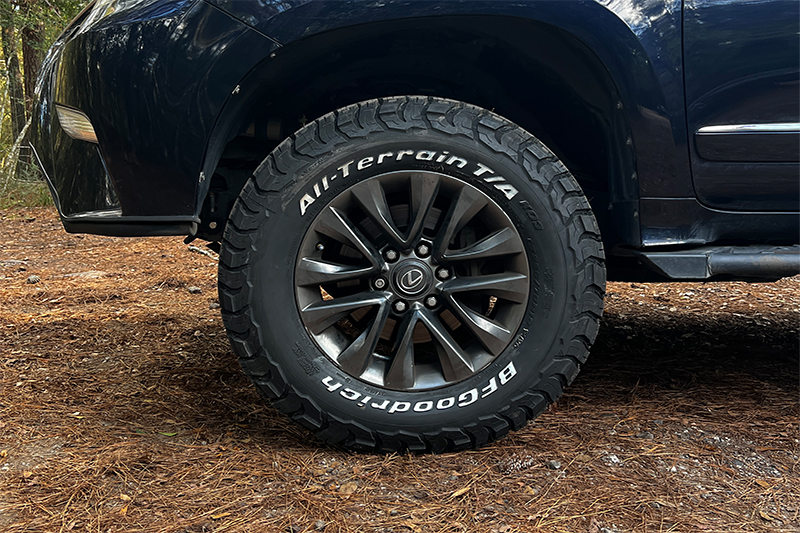
BFG’s new KO3 tire was recently installed on OutdoorX4’s Project GX460 and thus far, is quieter, lighter, and features more siping than its KO2 predecessor. Photo by Frank Ledwell
Tire Size vs. Performance
Bigger tires help you clear obstacles and gain traction, but they can put stress on your drivetrain, slow your acceleration, and increase fuel consumption. Many off-roaders install larger tires alongside lift kits and re-gear their vehicles to avoid performance issues.
Airing Down for Better Traction
Lowering your tire pressure (“airing down”) can give you a huge grip boost off-road by putting more rubber on the ground. This strategy shines in sand, snow, and rocky areas. Tires like the Yokohama Geolandar X-AT or Mickey Thompson Baja ATZ P3 are ideal for sandy environments—they stay light and wide to “float” over soft surfaces. Just remember to reinflate your tires before heading back on the highway to prevent damage, so a portable air compressor is essential.
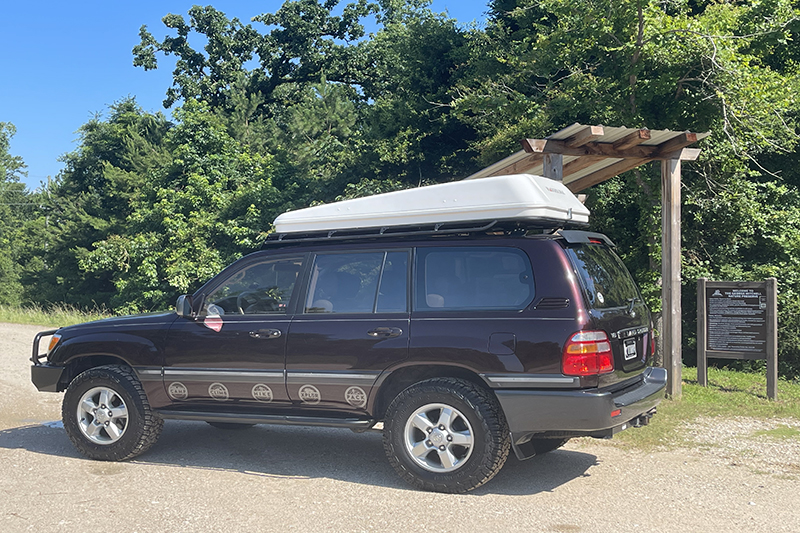
Yokohama’s Geolandar X-AT proved to be an exceptional all-terrain tire on OutdoorX4’s 100 Series Toyota Land Cruiser. Photo by Frank Ledwell
Choosing the Right Wheels
While people often prefer larger rims for aesthetics, smaller rims with more tire sidewall provide smoother rides and better shock absorption—especially off-road. If you’re planning to air down frequently, consider beadlock wheels like the Method Race Wheels 305 NV Beadlock or Raceline Monster Beadlock. These keep your tires securely attached to the rims, preventing them from slipping off during extreme maneuvers.
Know Your Terrain
The terrain you’re tackling should guide your choices. Muddy trails demand aggressive M/T tires, aired down to maximize grip. For rocky paths, opt for tough, puncture-resistant tires such as the Nitto Trail Grappler M/T. On sand dunes, wider tires like the Mickey Thompson Baja ATZ P3 are a game changer—lower the pressure to stay on top of soft surfaces.
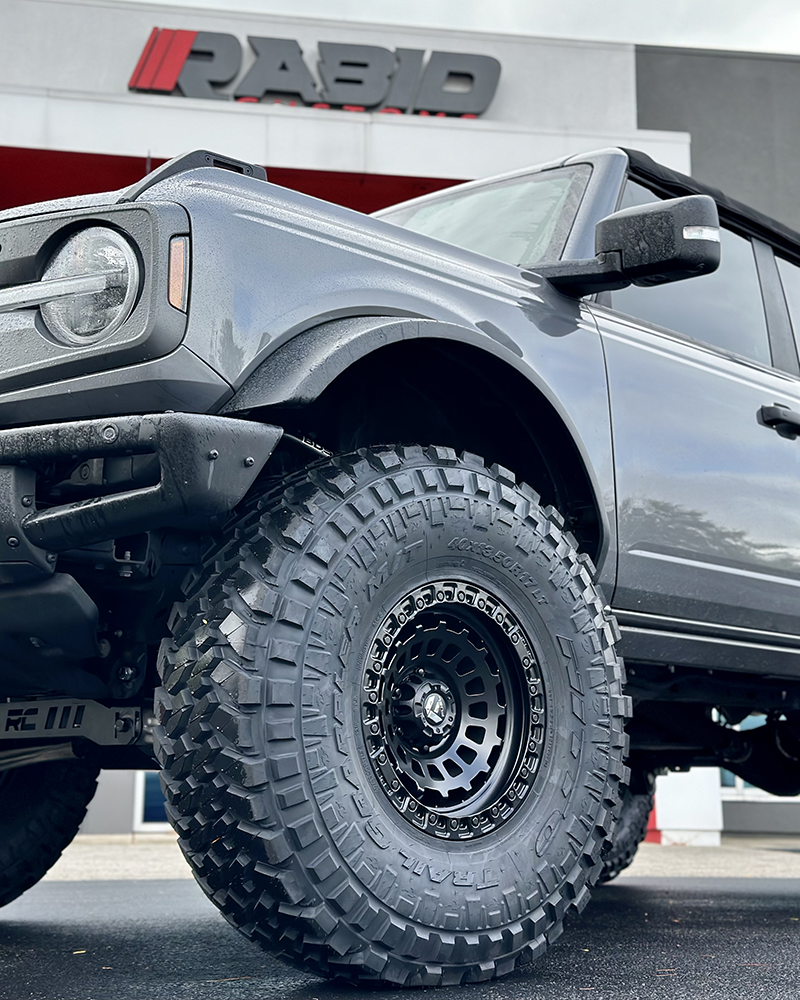
Get Ready to Roll
Upgrading your wheels and tires is a must for any serious off-roader. With the right setup, you’ll be ready to tackle any terrain. The best way to test your setup? Get out there and see what your vehicle can do. Choose your tires, adjust your pressure, and hit the trails with confidence.
Editor Note: Special thanks to Chris Alexis and the Rabid Customs team for providing content associated with this article.
OutdoorX4 Magazine – Promoting responsible vehicle-based adventure travel and outdoors adventure


